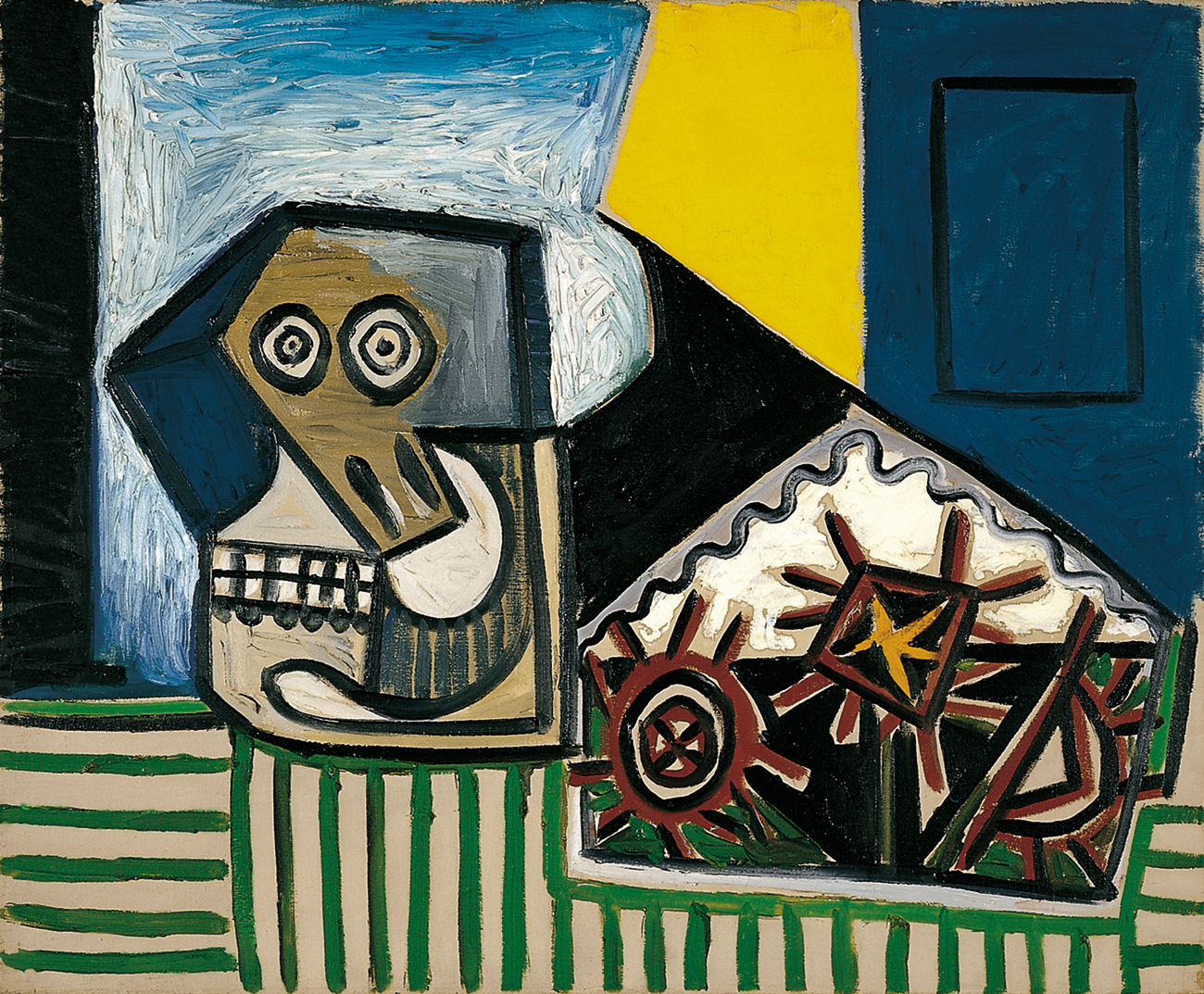Existential Hope + Maturity:
Visions of Possible Achievements Instructor: Thomas Moynihan Date & Time: Saturdays July 17, 31, August 7, 14 14:00 to 16:30 ET

DESCRIPTION: Civilization can be thought of as a process that canalizes nature’s energies toward intelligent ends, converting and restructuring blind physical flows into intelligent systems of welfare and value. Across our species’s history, this undertaking has been accomplished at increasingly intensive and extensive scales. Human civilization is now a major factor in the Earth system; but, arguably, we have not seen anything yet. What might be the full scope of what can be achieved?
Ever since the Enlightenment, philosophers have written about what they called the “maturity” of civilization as an important goal and standard. This has been conceived, invariably, as some growing degree of independence or autonomy from the constraints and dictates of brute nature (including our own evolved psychology). Construed in this way, we can draw a continuous and consistent line from the early C19th Socialist Utopians all the way to Nikolai Kardashev and his classification of planetary, stellar, and galactic echelons of a civilization’s energetic capture.
Tracing this thread from the Enlightenment up to the present day, this course will explore the increasingly ambitious and bold visions of what can ultimately be accomplished by intelligence within the physical cosmos. In the growing research surrounding existential risk, we are becoming sensitized to what the various ‘fail states’ might look like for civilization, but there is also an important tradition of thinking about the possibility space of ‘big wins’.
So, what are the different ways we can construe of civilizational maturity? What are the different ways—normative, physical, technological, etc.—of classifying and measuring this putative state?
From the Enlighteners to early techno-utopians like J.D. Bernal and J.B.S. Haldane, from the Russian cosmists to Soviet pioneers like Iosif Shklovsky and Stanisław Lem, from Freeman Dyson and SETI to contemporary experts on the topic of grand futures, this course will explore the lineage of visions of what intelligence might ultimately physically achieve.
IMAGE: Pablo Picasso, Still life with skull and three sea urchins, 1947
To see The New Centre Refund Policy CLICK HERE.
To see The New Centre Refund Policy CLICK HERE.